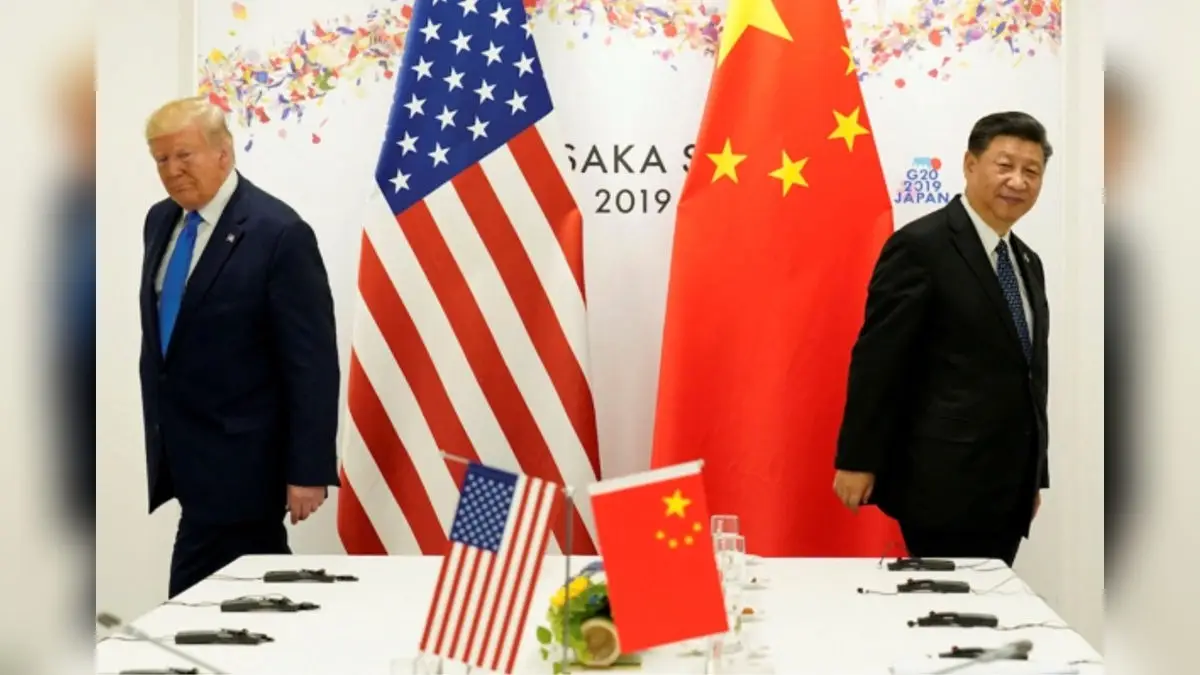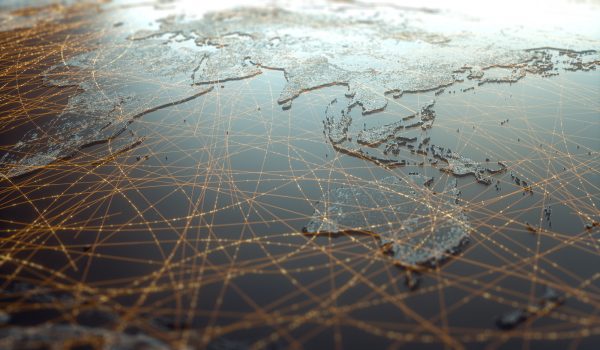Copyright ieyenews

UN Technology Bank Deodat Maharaj By Deodat MaharajGebze, Türkiye Artificial intelligence (AI) is rapidly changing our world. It has helped a few companies indeveloped countries set record-breaking profits. This week, Nvidia, a leading US AIcompany, hit a market value of USD5 trillion. Nvidia, together with the other sixtechnology companies known as the Magnificent Seven, reached a marketcapitalisation of USD22 trillion. This value easily eclipses the combined GDP of theworld’s 44 Least Developed Countries (LDCs), Small Island Developing States andLandlocked Developing Countries. These businesses continue to make massive investments in this transformationaltechnology. Not only are investments being made in AI for the future, but benefits arealso already being reaped as it accelerates global commerce and rapidly transformsmarkets. According to the World Economic Forum, AI is streamlining supply chains,optimising production, and enabling data-driven trade decisions, giving companies a bigcompetitive edge in global markets. Thus far, the beneficiaries have been those living inthe developed world, and a few developing countries with high technological capacities,like India. By and large, developing countries have lagged far behind this technological revolution.The world’s 44 LDCs and the Small Island Developing States are those that have beenalmost completely left out. According to UNCTAD, LDCs risk being excluded from theeconomic benefits or the AI revolution. Many LDCs and Small Island Developing Statesstruggle with limited access to digital tools, relying on traditional methods for tradedocumentation, market analysis, and logistics. This is happening as others race ahead.This widening gap threatens to marginalize these countries in international trade andunderscores the urgency of ensuring they can participate fully in the AI-driven globaleconomy. AI holds transformative potential for developing countries across sectors critical toeconomic growth and trade. The World Bank has noted that in agriculture, AI-driventools can improve crop yields, forecast market demand, and enhance supply chainefficiency. It can also strengthen food security and export earnings. In trade andlogistics, AI can optimize operations, reduce transaction costs, and help local producersaccess new markets. Beyond commercial applications, AI can bolster disaster preparedness, enablinggovernments and businesses to allocate resources efficiently and minimize losses. Theuse of AI can be a game changer in responding to massive natural disasters such asthe one caused by Hurricane Melissa in Jamaica a few days ago. Despite these opportunities, the poorest and most vulnerable countries face significanthurdles in accessing and benefiting from AI. The International TelecommunicationsUnion has noted that many countries lack reliable electricity, broadband connectivity,and computing resources, impeding the deployment of AI technologies. This iscompounded by human capacity constraints and limited fiscal space to make therequisite investments. Given this, what is the best way forward for the world’s poorest and most vulnerablecountries? Firstly, policy and governance frameworks for leveraging AI for developmenttransformation are urgently, and we can learn from others. For example, Rwanda, aleader in the field of using technology to drive transformation has developed a NationalArtificial Intelligence Policy. Another example is Trinidad and Tobago, which recentlyestablished a Ministry of Public Administration and Artificial Intelligence. Secondly, capacity building, especially for policy leaders, is key. This must beaugmented by making the requisite investments in universities and centers ofexcellence. Given the importance of low-cost and high-impact solutions, buildingpartnerships with institutions in the global south is absolutely vital. Finally, financing remains key. However, given the downward trends in overseasdevelopment assistance, accessing finance, especially grant and concessionalresources from other sources will be important. Consequently, international financialinstitutions, especially the regional development banks, have a critical role to play. Sincethe countries themselves are shareholders, every effort should be made to establishspecial purpose windows of grants and concessional financing to help accelerateadoption of relevant, low-cost, relevant and high-impact AI technological solutions. In an adverse financing environment, achieving the above will be difficult. This is whereTech Diplomacy comes in and must be a central element of a country’s approach toforeign policy. This will be the subject of another piece. In summary, AI is shaping and changing the world now. For the poorest and mostvulnerable countries, all is not lost. With strategic investments, forward-looking andinclusive policies, and international cooperation via Tech Diplomacy, AI can become apowerful tool for their sustainable growth and development. Deodat Maharaj is a national of Trinidad and Tobago and is presently the ManagingDirector of the United Nations Technology Bank for the Least Developed Countries. Hecan be contacted at: [email protected]



